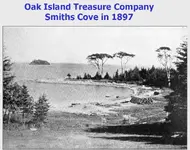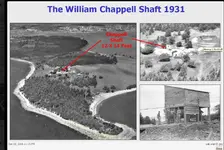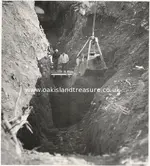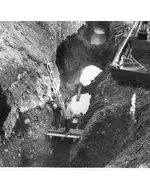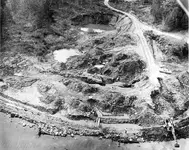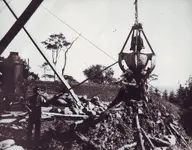Roadhse2
Sr. Member
- Joined
- Mar 15, 2015
- Messages
- 376
- Reaction score
- 366
- Golden Thread
- 0
- Primary Interest:
- All Treasure Hunting
Yes...and then later changed those claims to saying there are no flood tunnels...and when dug a second time, none found...
No idea why that would be said in the first place and then reversed, unless it was part of plan to get investors excited, which seems to happen a lot with this island...
Part of the reason it is so hard to untangle this whole mess....so many claims have been made just to attract investors it is tough to figure out which are true and which are not...
No idea why that would be said in the first place and then reversed, unless it was part of plan to get investors excited, which seems to happen a lot with this island...
Part of the reason it is so hard to untangle this whole mess....so many claims have been made just to attract investors it is tough to figure out which are true and which are not...



